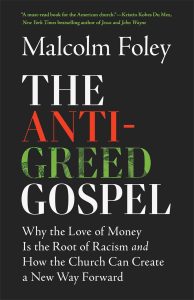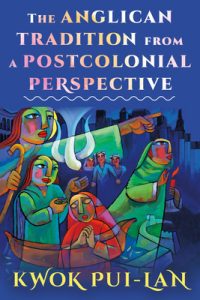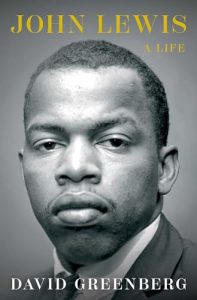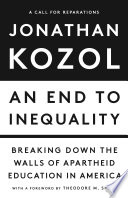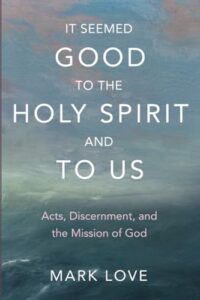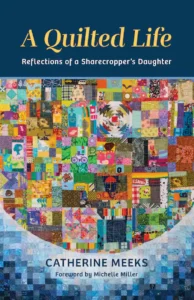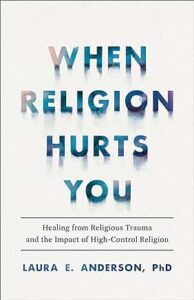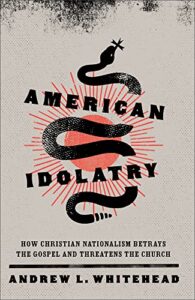 Summary: A helpful, somewhat personal look at how Christian Nationalism is a type of idolatry that distorts Christianity.
Summary: A helpful, somewhat personal look at how Christian Nationalism is a type of idolatry that distorts Christianity.
I am very much on board with the idea that Christian Nationalism is one of the more significant problems facing both the US political reality and the US church. But I also think that some critics of the idea of Christian Nationalism have a point when they suggest that some presentations are vague and unclear. Part of the problem is that many critics are not sociologists, and so are resistant to the reality of social science working in tendencies toward behavior. I have an undergrad degree in sociology and understand that sociology and other similar social sciences work with correlations that are often only partially explanatory. Other factors are always at play. And even two people with the same history, culture, and even biology (twins) may not believe or behave the same way. Social science broadly works in tendencies. All things being equal, if these factors apply, this result is more likely than if these factors do not apply.
As an example from Christian Nationalism, those that rank higher on the Christian Nationalism scale tend to view the world through a lens of racial hierarchy. But if a person who ranks higher on the Christian Nationalism scale has a significant relationship with others of a different race (maybe through adoption or marriage or in a church setting), that individual may agree with many tenants of Christian Nationalism but not view the world through a lens of racial hierarchy. That individual does not mean that the correlation between Christian Nationalism and belief in the racial hierarchy is false more broadly; it just means that they have other factors in their life that combat that aspect of Christian Nationalism. This year, Justice Jackson wrote in a concurrence (highlighted by Sarah Isgur), “Other cases presenting different allegations and different records may lead to different conclusions.” Jackson’s phrase is precisely the point here, while tendencies remain, individual cases may not be the same because no two cases are perfectly identical; however, there is value in exploring the ways that the tendencies work.
I am also reading American Idolatry in light of two books and a podcast. I read American Idolatry in print and overlapped it with the audiobook of Mark Noll’s history of the bible in the US from 1794 to 1911. Many of the uses of the bible in history would lend themselves to Christian Nationalist uses today. Some of those should be considered Christian Nationalism, and some should not. What is helpful about reading American Idolatry in light of America’s Book: The Rise and Decline of a Bible Civilization, 1794-1911, is that longer trends both support and give pause to how we think of Christian Nationalism in this particular political moment. There have been points in US history that have had concerning Christian behavior. And the bible has long been used for political purposes (that is the point of Noll’s book).
Andrew Whitehead is careful throughout the book not to label those that tend toward Christian Nationalism as something other than Christian. He wants to say that there may be “an idolatry” that is a problem in the use of Christian Nationalism for control and power, but that these people are still Christian. And I largely applaud him for that and think that “othering people” can dismiss the problem or our role in the problem. That is where the podcast I referenced comes in. I have long followed Michael Emerson and listened to his interview on the Know It, Own It, Change It podcast. Emerson has repeatedly said in several interviews and articles that his research indicates that many White Christians have ceased to be Christians and have begun following a Religion of Whiteness. And having read much from Emerson on this point, I agree that his evidence is persuasive (similar to Robert Jones.) Still, while I want to take seriously Emerson’s (and Jones’) points that there does seem to be a line across which you cease to be practicing Christianity and instead are practicing a different religion, the bias should be to consider these differences within Christianity.
Read more
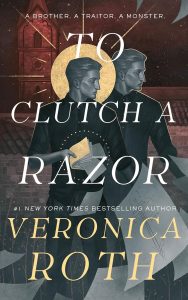 Summary: A continued exploration of coming to find out that everything you thought you know is wrong.
Summary: A continued exploration of coming to find out that everything you thought you know is wrong.